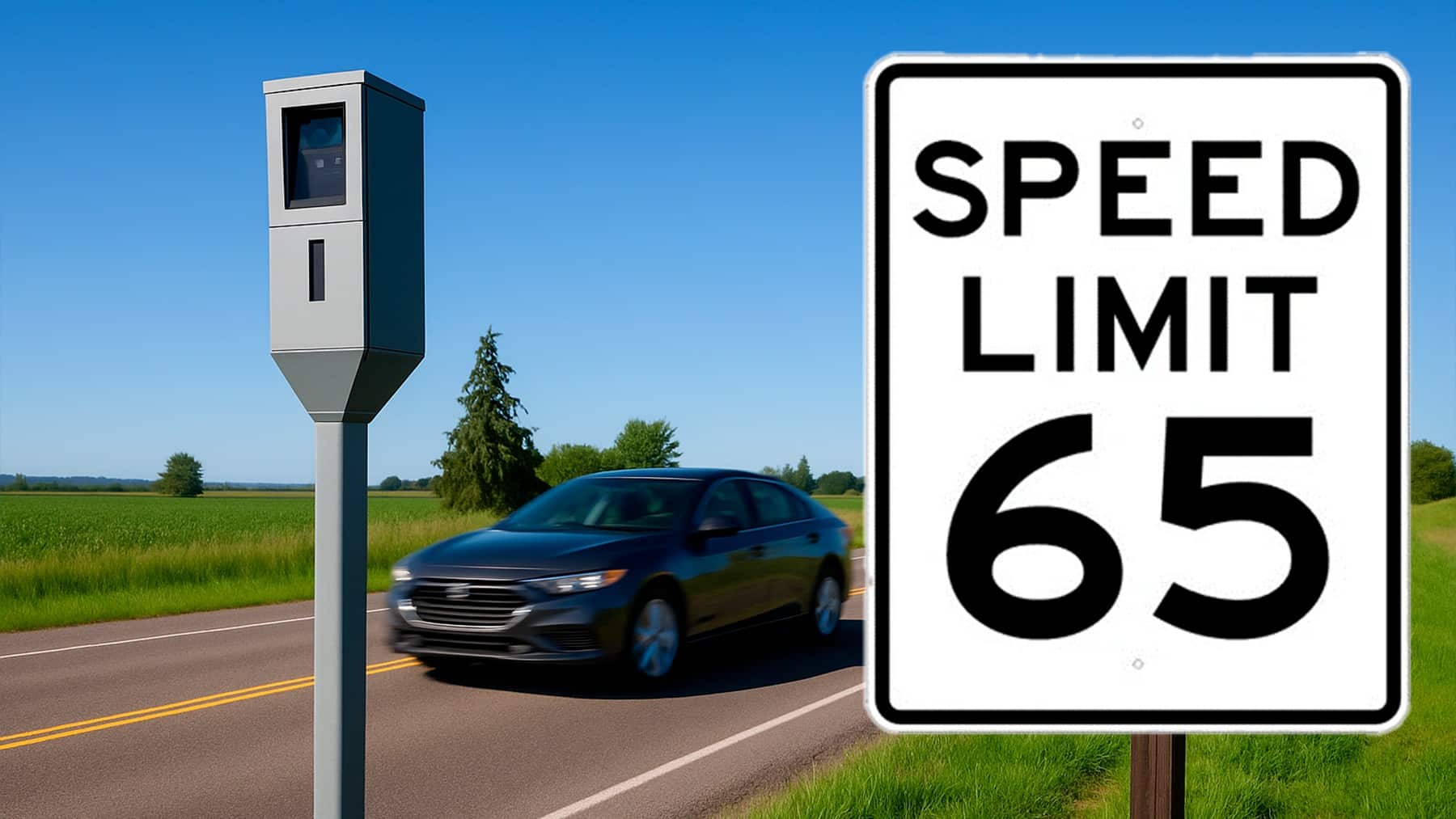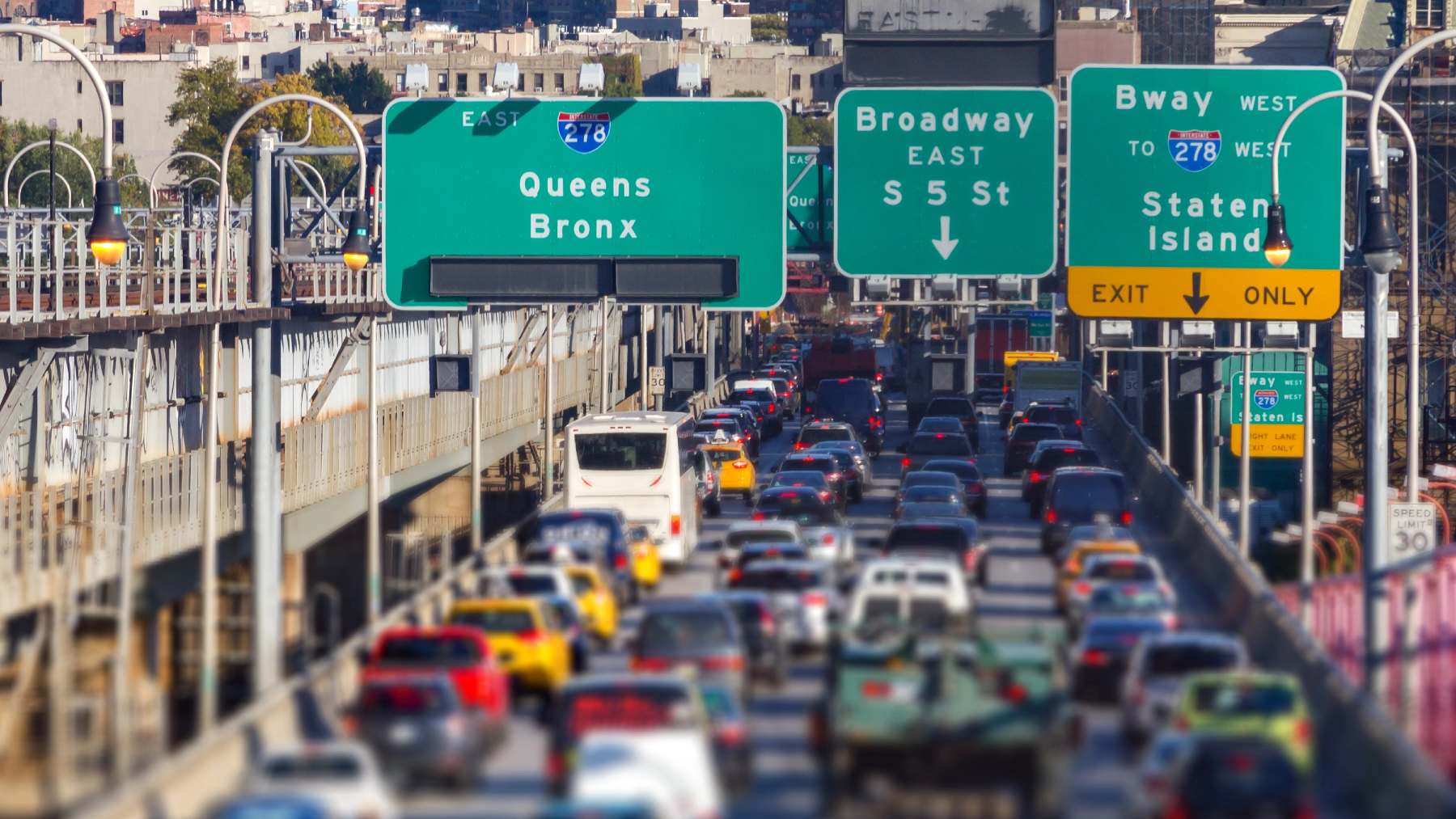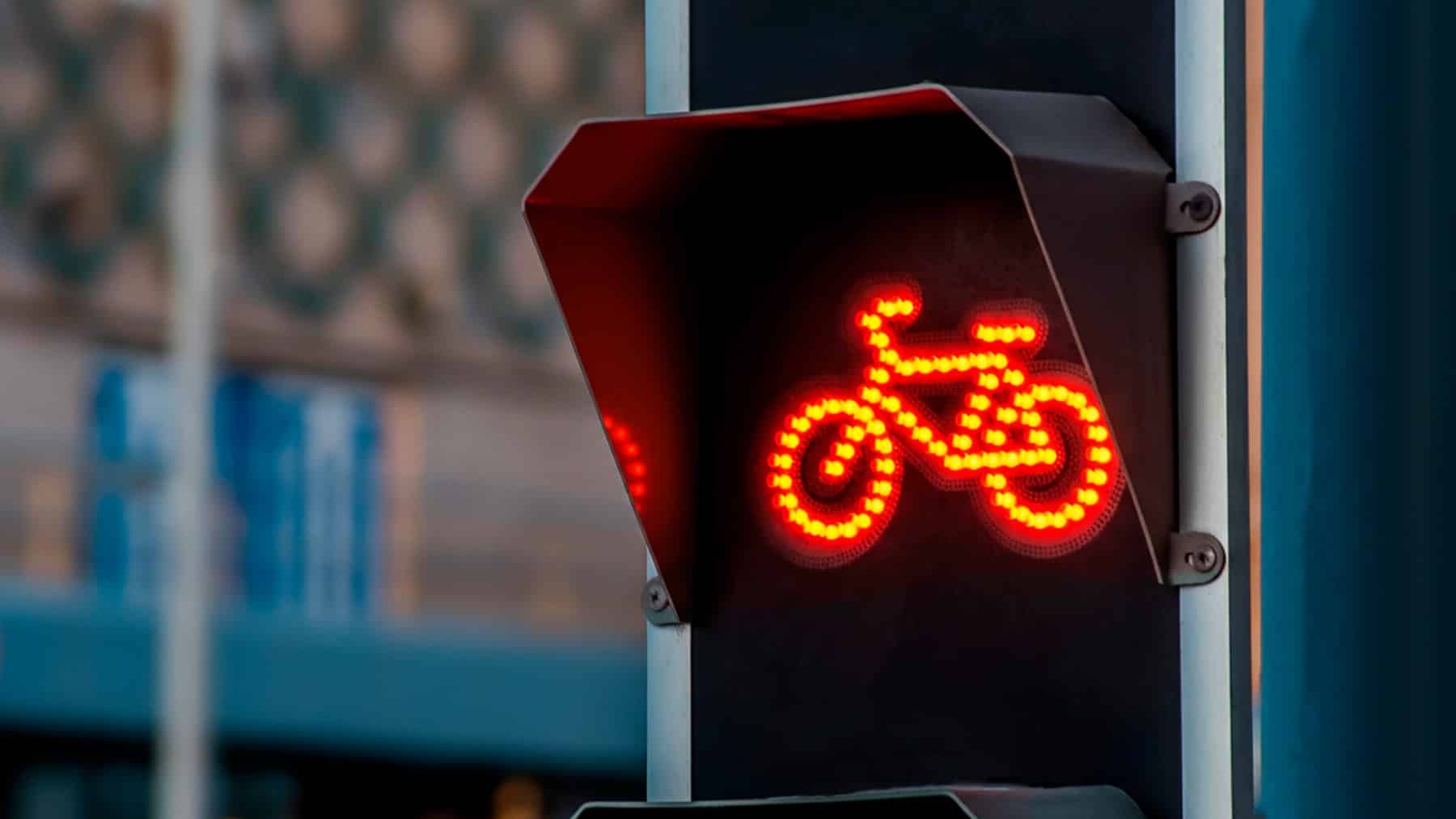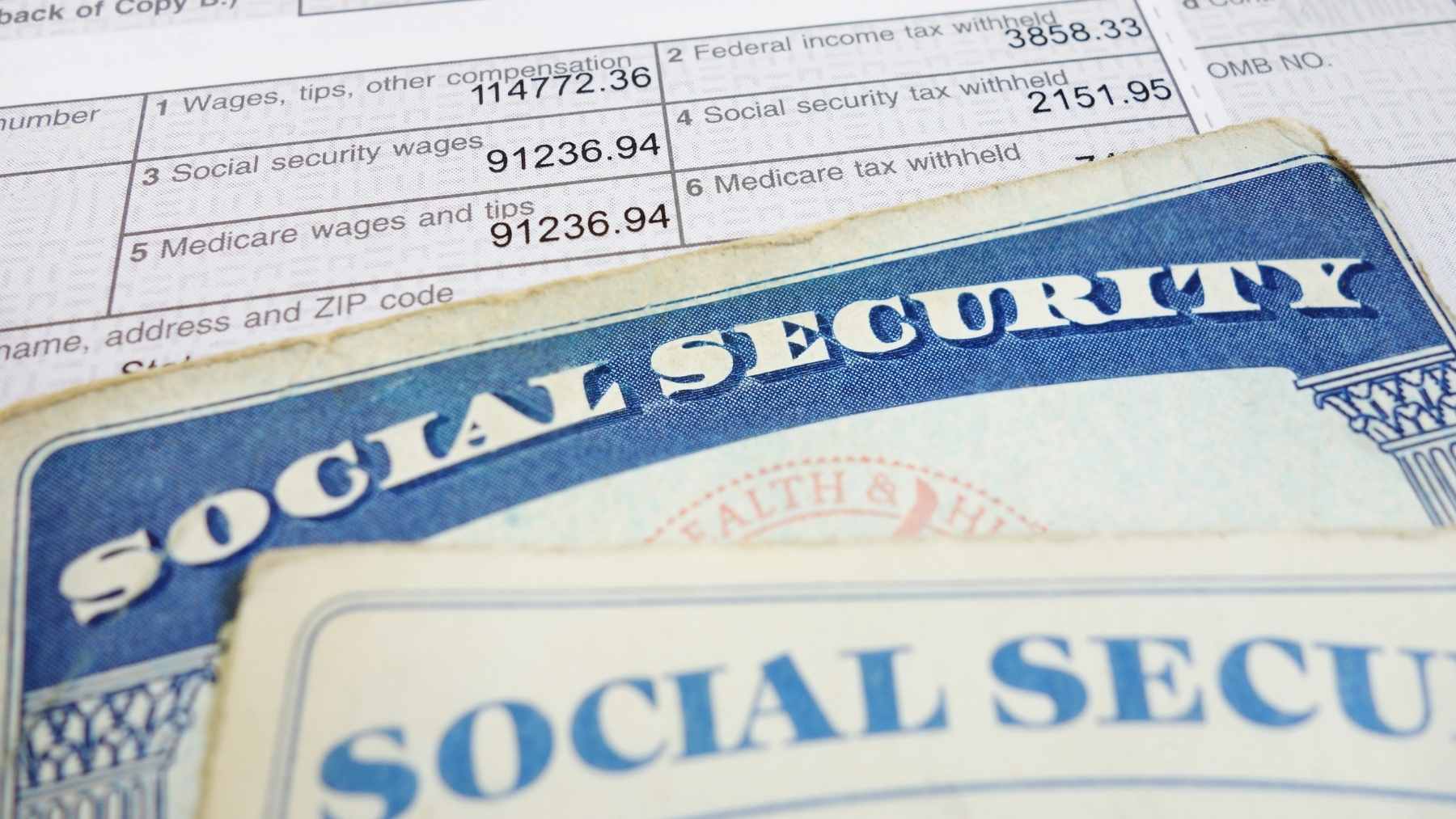This city sees new changes to the speed limit on the highway. This month alone, significant changes to driving penalty changes have gone into effect throughout the nation. Driving laws and rules are subject to frequent revisions due to the ever-changing nature of the roadways, which includes traffic patterns, vehicle modifications, and road upgrades. While these legislative changes can be challenging to keep up with at times, as well as confusing for out-of-state drivers, these policy changes are ultimately meant to keep all road users safe.
Keeping all road users safe amidst constant change
Protecting road users is a top priority of both local, state, and federal governments. Often, the focus of ensuring the protection of these road users involves legislative changes and penalties regarding speeding. Approximately one-third of serious injuries and fatalities caused by road traffic accidents were caused by speeding drivers in 2023, according to data from the National Highway Traffic Safety Administration (NHTSA).
To address this, states are coming down hard on speeding drivers, with stricter legislation being passed to stamp out the practice of speeding. These stricter penalties range from measures such as increased fines that amount to thousands of dollars as well as the threat of jail time. In addition, other states have been changing their speed limits altogether, with some actually increasing the speed limit.
Increasing the speed limit on the highway for safety
While it may seem counterintuitive, increasing the speed limit on interstates and highways can actually be an effective safety measure. While it is nuanced and context-specific, some states have taken action to raise the speed limit if it becomes apparent that more drivers are driving over current speed limits than not. By raising it, traffic can adjust to be more cohesive. An important safety measure when it comes to driving is ensuring that the gap between slower and faster drivers is as small as possible to improve driver reaction time and traffic flow.
The newest Indiana House Bill 1461 has done exactly that. From July 1, drivers have been legally allowed to drive at 65mph on the Interstate 465. Gov. Mike Braun signed the bill into law on May 1 of this year, raising the speed limit by 10mph from the previous limit of 55mph. While the overarching goal of the bill is related to other road subjects such has tolling and Community Crossings grant programs, the speed limit was added as an amendment to the bill.
“This is really not anything to do with road funding, but I like it,” said bill author Rep. Jim Pressel. “For those of us who struggle driving 55 miles an hour on 465, it increases the speed limit to 65. There you go.”
Further changes seen across states to improve safety
Indiana is not the only state to be raising the speed limit on their interstates and highways. North Dakota recently amended the speed limit to be 80mph, however, as part of the new speed increase, the state has also introduced a new fining system. If you are caught speeding, you will now be subject to a minimum fine of $20, or $5 for every mile over the speed limit you were driving at, whichever is higher.
While Indiana and North Dakota are allowing for more leeway when it comes to driving speeds, other states are going in the opposite direction and are coming down hard on any driver who breaks current speed limitations. Florida recently passed new legislation specifically targeted at drivers who are deemed to be excessively driving over the speed limit. These drivers, if convicted, will not only have to pay fines starting at $500 but also risk jail time starting at 30 days.














